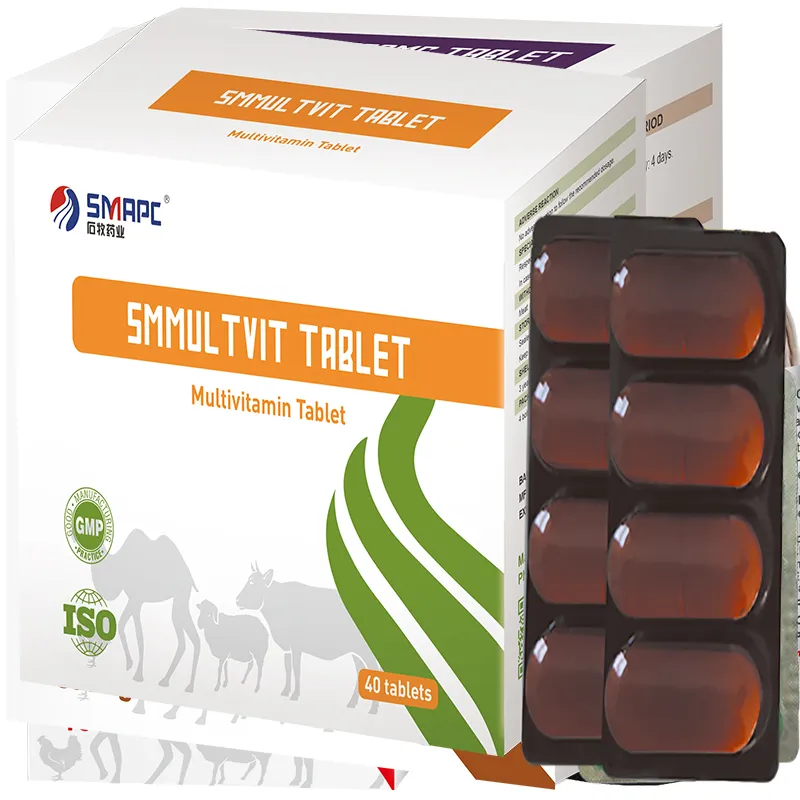Many veterinarians recommend multivitamin supplements to pet owners, especially for young, elderly, or sick rabbits that may have increased nutritional needs. These supplements can also be helpful during periods of illness or stress when a rabbit's appetite might wane. Additionally, certain breeds or rabbits with specific health conditions may benefit from targeted supplementation to ensure they thrive.





